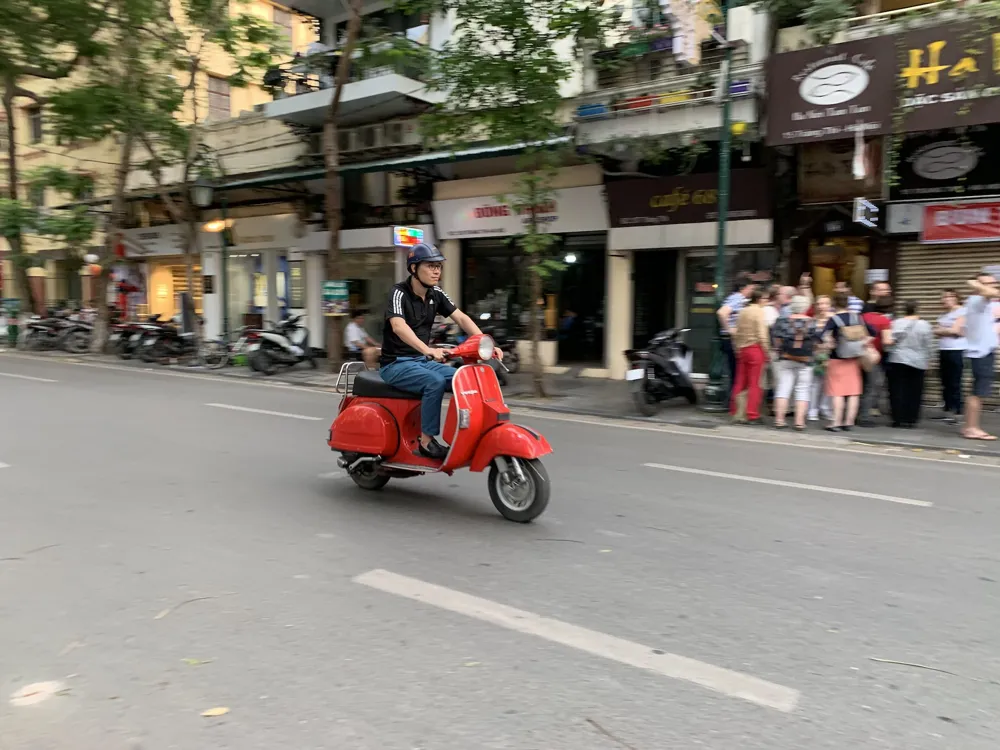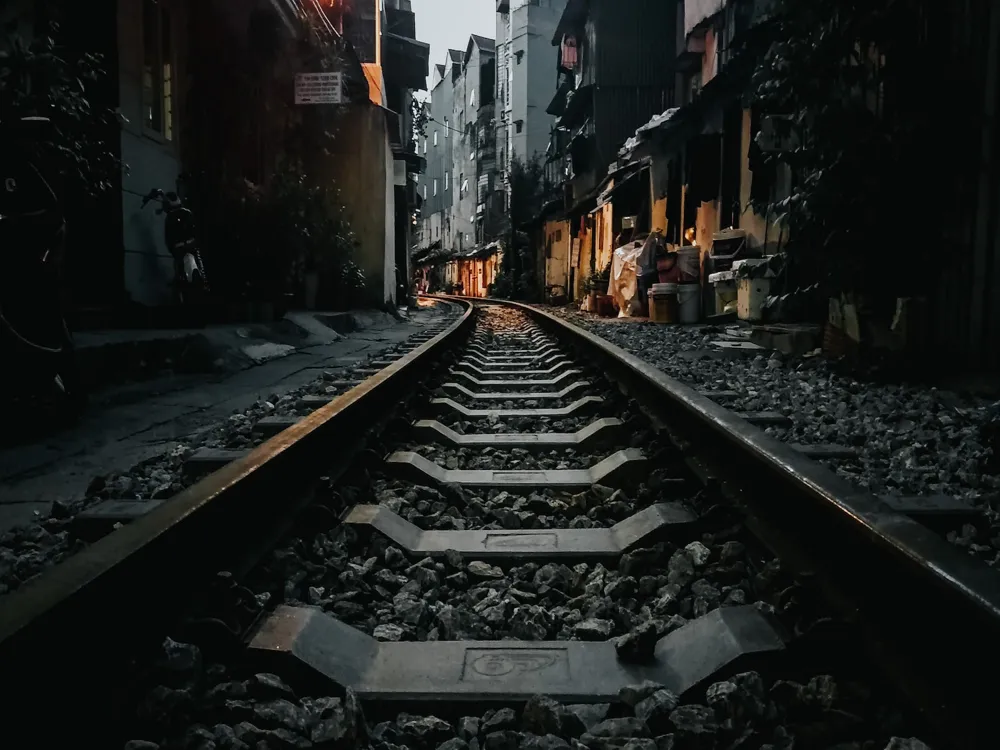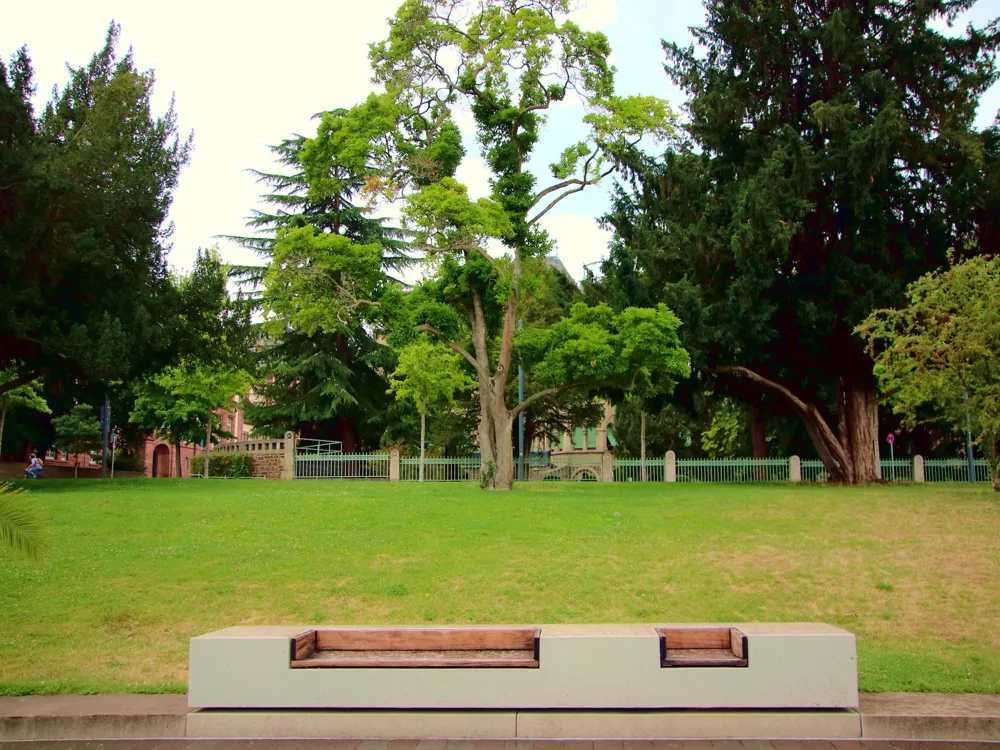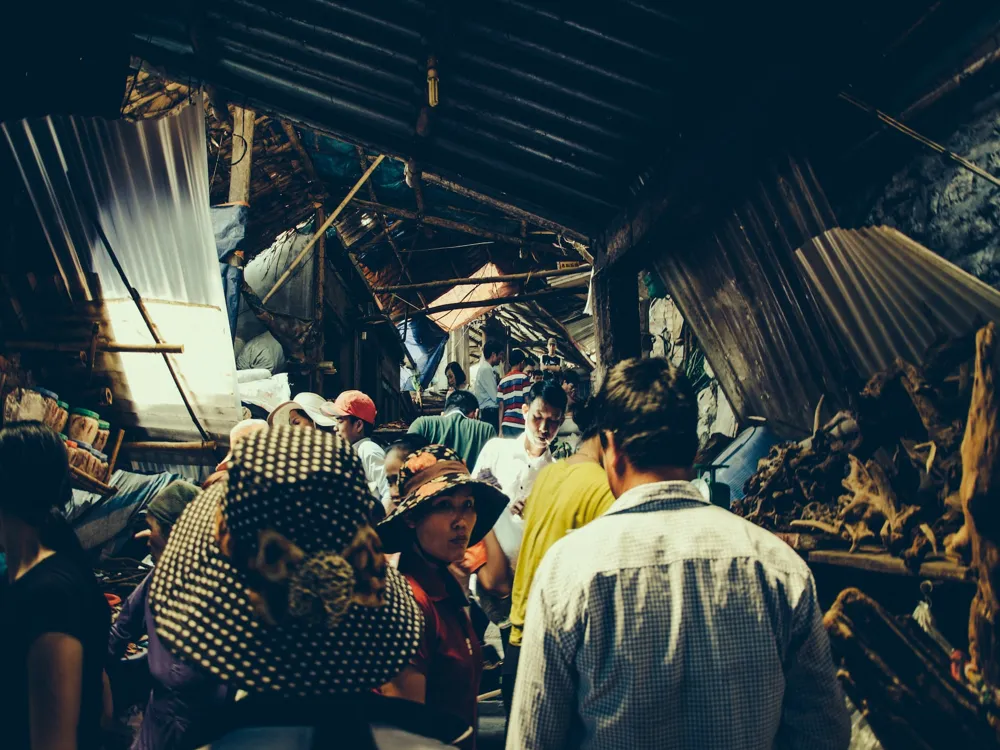Hang Gai Street, also known as Silk Street, is one of the most famous and vibrant streets in Hanoi, the capital city of Vietnam. This street is a blend of historical significance and modern-day commercial hustle, offering a unique experience that captivates both locals and tourists alike. Hang Gai Street is renowned for its traditional Vietnamese silk products, which include a wide range of high-quality silk garments, accessories, and home decorations.
The history of Hang Gai Street dates back several centuries, when it was a bustling marketplace for traders from various parts of Vietnam and neighboring countries. The street was particularly famous for its silk and brocade, crafted by skilled artisans who passed down their techniques through generations. Today, Hang Gai Street preserves this rich heritage, while also adapting to contemporary fashion trends and customer preferences.
As you walk along Hang Gai Street, you will be greeted by a kaleidoscope of colors and patterns, displayed in the numerous shops lining the street. Each shop offers a unique selection of silk products, ranging from traditional Ao Dai (Vietnamese national dress) to modern dresses, scarves, and ties. The silk found here is known for its high quality, characterized by its smooth texture and durability. Additionally, many shops on Hang Gai Street offer customized tailoring services, allowing visitors to have clothes made to their specific measurements and style preferences.
Beyond silk, Hang Gai Street is also a hub for other traditional Vietnamese crafts. You can find hand-embroidered linens, lacquerware, bamboo products, and a variety of souvenirs that reflect Vietnamese culture and craftsmanship. The street is not only a shopping destination but also a cultural experience, where visitors can observe artisans at work and learn about the intricate process of silk making and other crafts.
Furthermore, Hang Gai Street is surrounded by a rich architectural landscape, featuring a mix of French colonial buildings and traditional Vietnamese structures. This architectural diversity adds to the street's charm and provides a picturesque backdrop for your shopping experience. The street's proximity to other famous Hanoi landmarks, such as Hoan Kiem Lake and the Old Quarter, makes it a convenient and must-visit destination for anyone exploring the city.
In summary, Hang Gai Street offers an enchanting glimpse into Vietnam's cultural heritage, combined with the opportunity to purchase high-quality silk products and other traditional crafts. Whether you are looking for unique souvenirs, bespoke garments, or just a vibrant cultural experience, Hang Gai Street is a destination that should not be missed when visiting Hanoi.
Hang Gai Street, situated in the heart of Hanoi's Old Quarter, is not only famous for its silk and handicrafts but also for its unique and diverse architecture. This street embodies a fusion of Vietnamese traditional styles and French colonial influences, creating a distinct urban landscape that reflects the historical layers of Hanoi.
The traditional Vietnamese architecture on Hang Gai Street is characterized by narrow frontages and deep interiors, a design adapted to the historical taxation system, where property taxes were based on the width of the street front. These buildings, known as 'tube houses,' are typically multi-storied, with the ground floor serving as a commercial space and the upper floors as residential areas. The façades of these tube houses are often adorned with intricate woodwork and ceramic tiles, reflecting the craftsmanship and aesthetic sensibilities of the Vietnamese culture.
In contrast, the French colonial buildings on Hang Gai Street showcase European architectural elements, such as arched windows, balconies with wrought-iron railings, and pastel-colored façades. These buildings were constructed during the French colonial period in the late 19th and early 20th centuries, and they add a layer of elegance and sophistication to the street's appearance. The blending of these architectural styles creates a streetscape that is uniquely Hanoian, embodying the city's history as a crossroads of different cultures and influences.
One of the notable features of Hang Gai Street's architecture is the coexistence of the old and the new. Amidst the historical buildings, you will find modern shops and cafes that have been seamlessly integrated into the architectural fabric. This juxtaposition highlights the dynamic nature of Hanoi, where tradition and modernity coexist and complement each other.
Furthermore, the street's architecture plays a significant role in
Overview of Hang Gai Street
Architecture of Hang Gai Street
Hang Gai Street
Hanoi
₹ 15,260 onwards
View hanoi Packages
Weather :
Tags : Commercial Street
Time Required : 1 - 2 hours
Planning a Trip? Ask Your Question
Hanoi Travel Packages
View All Packages For Hanoi
Top Hotel Collections for Hanoi

Private Pool

Luxury Hotels

5-Star Hotels

Pet Friendly
Top Hotels Near Hanoi
Other Top Ranking Places In Hanoi
View All Places To Visit In hanoi
View hanoi Packages
Weather :
Tags : Commercial Street
Time Required : 1 - 2 hours
Planning a Trip? Ask Your Question
Hanoi Travel Packages
View All Packages For Hanoi
Top Hotel Collections for Hanoi

Private Pool

Luxury Hotels

5-Star Hotels

Pet Friendly






















